In-Ear vs On-Ear vs Over-the-Ear: How to choose the best headphones for you
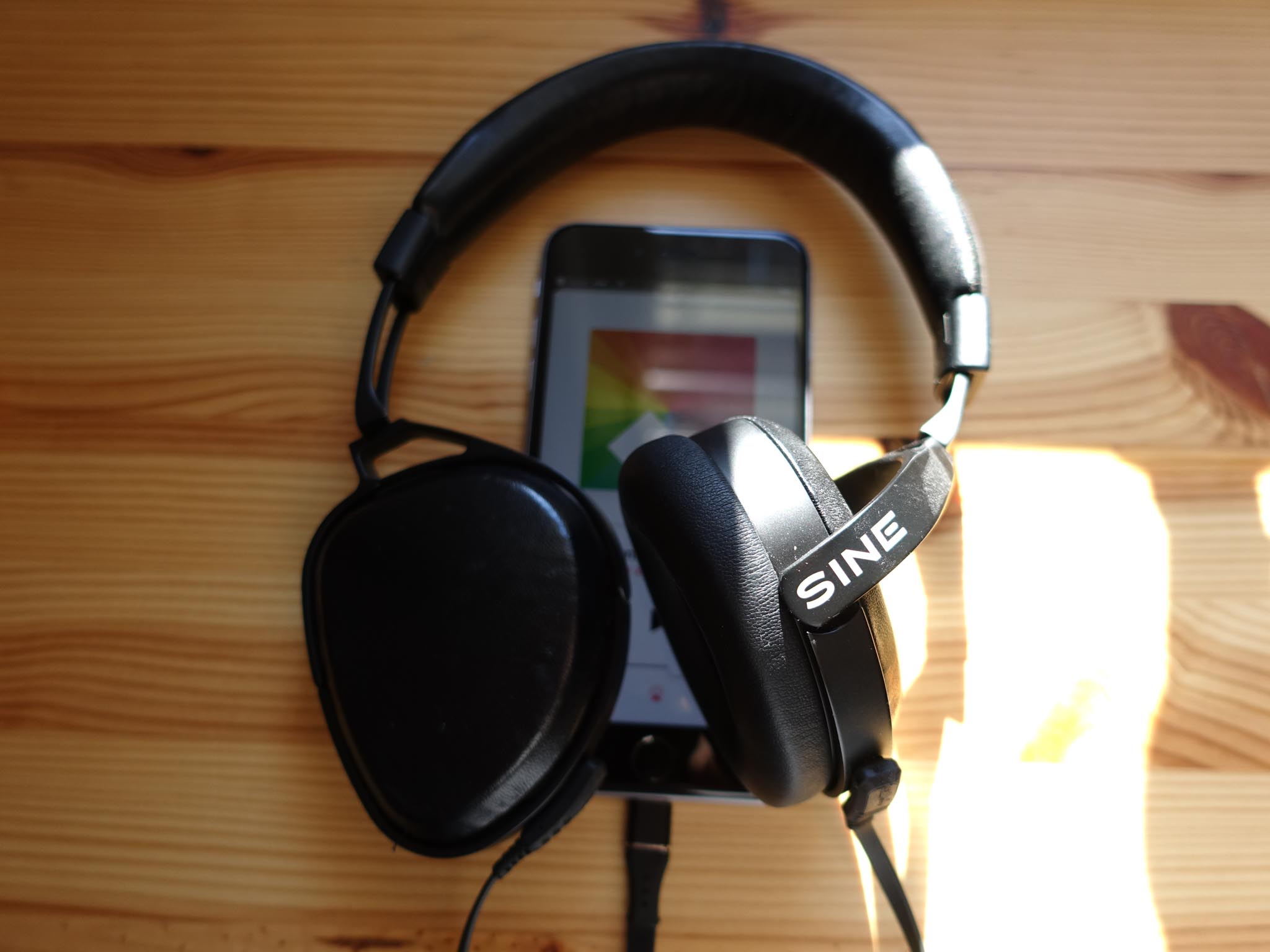
When you're looking for a new pair of headphones, there's a lot of questions you should be asking yourself. What do I want to use them for? How long to I expect to use them at a time? How important is sounds quality to me? Questions like these are going to be big deciding factors when it comes to which type of headphone you want.
Purchasing the right pair of headphones for you can be a bit of a daunting task, and deciding between in-ear, on-ear, or over-the-ear headphones is a crucial step in the process.
I own (and have owned) several pairs of headphones of all three types, and each kind has its advantages and disadvantages. I'll take you through some of the pros and cons of in-ear, on-ear, and over-the-ear headphones, so you can make an informed decision on what's best for you.
In-ear headphones

In-ear headphones are sometimes referred to as "earbuds" and practically every modern day phone you buy will ship with a pair inside the box. These small headphones can be some of the cheapest type of headphones to buy; however, the sound quality can vary depending on how much you spend.
Pros
My favorite thing about in-ear headphones is the ability to use them discreetly. It's nice to pop in my Apple EarPods when I'm walking down the street, run the cable underneath my sweater, and nobody's the wiser. Plus, if you have wireless in-ear headphones — like Apple's AirPods — it's even easier to listen to your tunes, podcasts, and audiobooks without anybody noticing.
In-ear headphones also tend to be the cheapest of the three types of headphones on average, which isn't to say you can't get expensive ones if you want. You can probably find in-ear headphones at your local drugstore for less than $10, and in some cases, a cheap pair can serve a purpose.
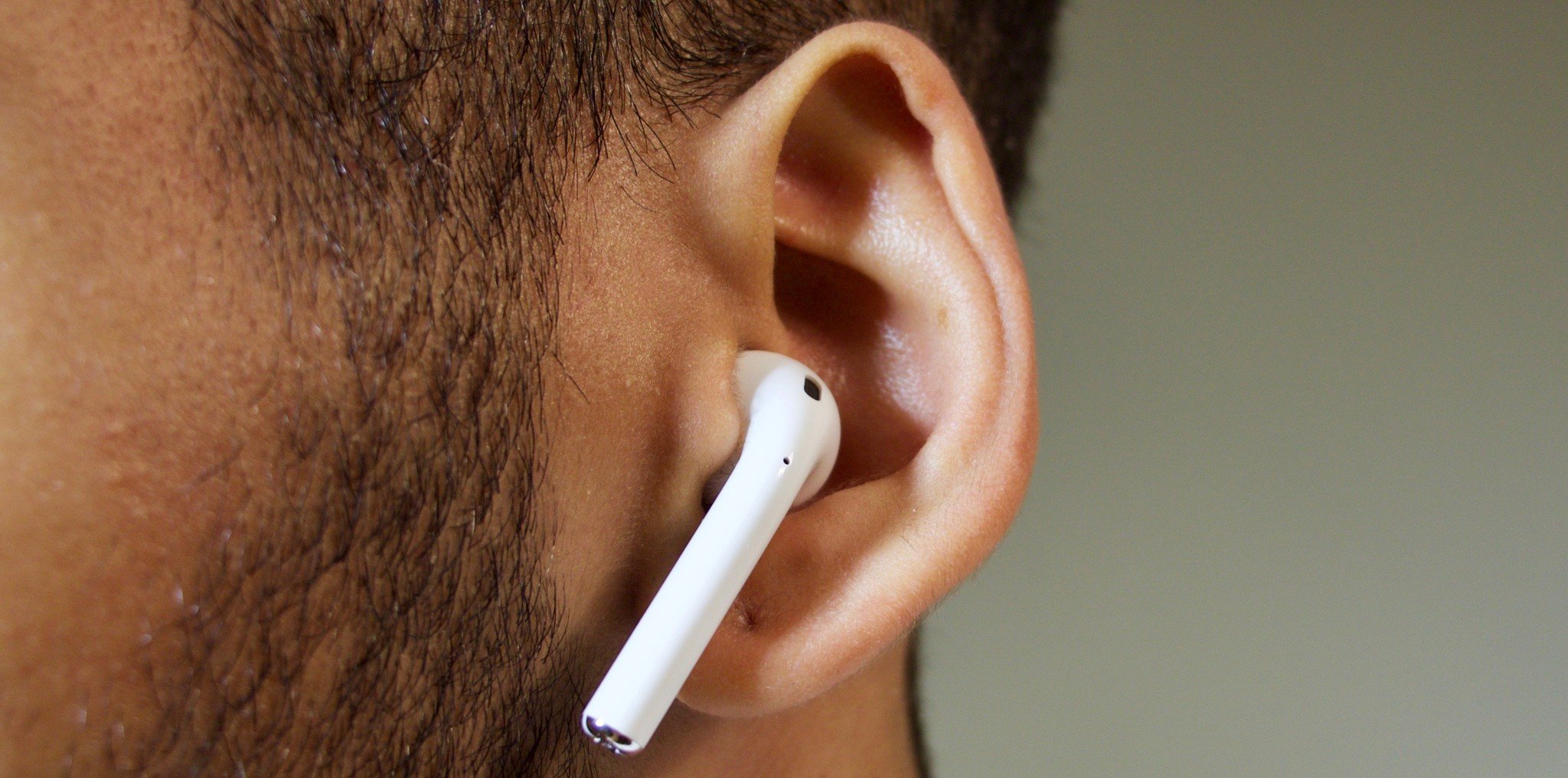
For example, I tend to use cheap in-ear headphones when I'm flying because if they get lost, damaged, or left behind, I'm not going to be shedding any tears. That being said, cheap headphones will typically provide cheap sound, which is why I only ever listen to audiobooks when I'm using cheap headphones.
Master your iPhone in minutes
iMore offers spot-on advice and guidance from our team of experts, with decades of Apple device experience to lean on. Learn more with iMore!
When it comes to playing sports or working out, I also prefer to grab a pair of in-ear headphones when I'm breaking a sweat. If you have a good fitting pair, they will stay in your ears even as you lift weights or run on the treadmill. In fact, there are plenty of great sweat-resistant sport in-ear headphones that are specifically designed to be used during workouts with ease.
Cons
The most obvious negative side to in-ear headphones is sound quality. Even top tier in-ear headphones like Beats X will still not sound as loud or as good as a pair of top tier on-ears or over-the-ears cans. They are just too small to give you the sound depth and quality that real audiophiles expect. I would not suggest using in-ear headphones to anyone who wants to enjoy complex music.
Another con to in-ear pieces is they can be very uncomfortable to wear for extended periods of time, making them hard to use all day, every day. Some pairs of in-ears will fit you well and some might not, causing them to fall out on occasion, which can be extremely irritating.
The Bottom Line
In-ear headphones can be some of the cheapest headphones you'll ever find, but you can also spend the money on a very high-end model as well. They are superb at being discreet, and some pairs excel at being great workout partners.
You'll probably never get the extreme depth-of-sound that an audiophile would enjoy, and sometimes finding a pair that fits into your ears comfortably can be a challenge.
If you're interested in a pair of in-ear headphones, check out Amazon's listings and see what may be a good fit for you.
On-ear
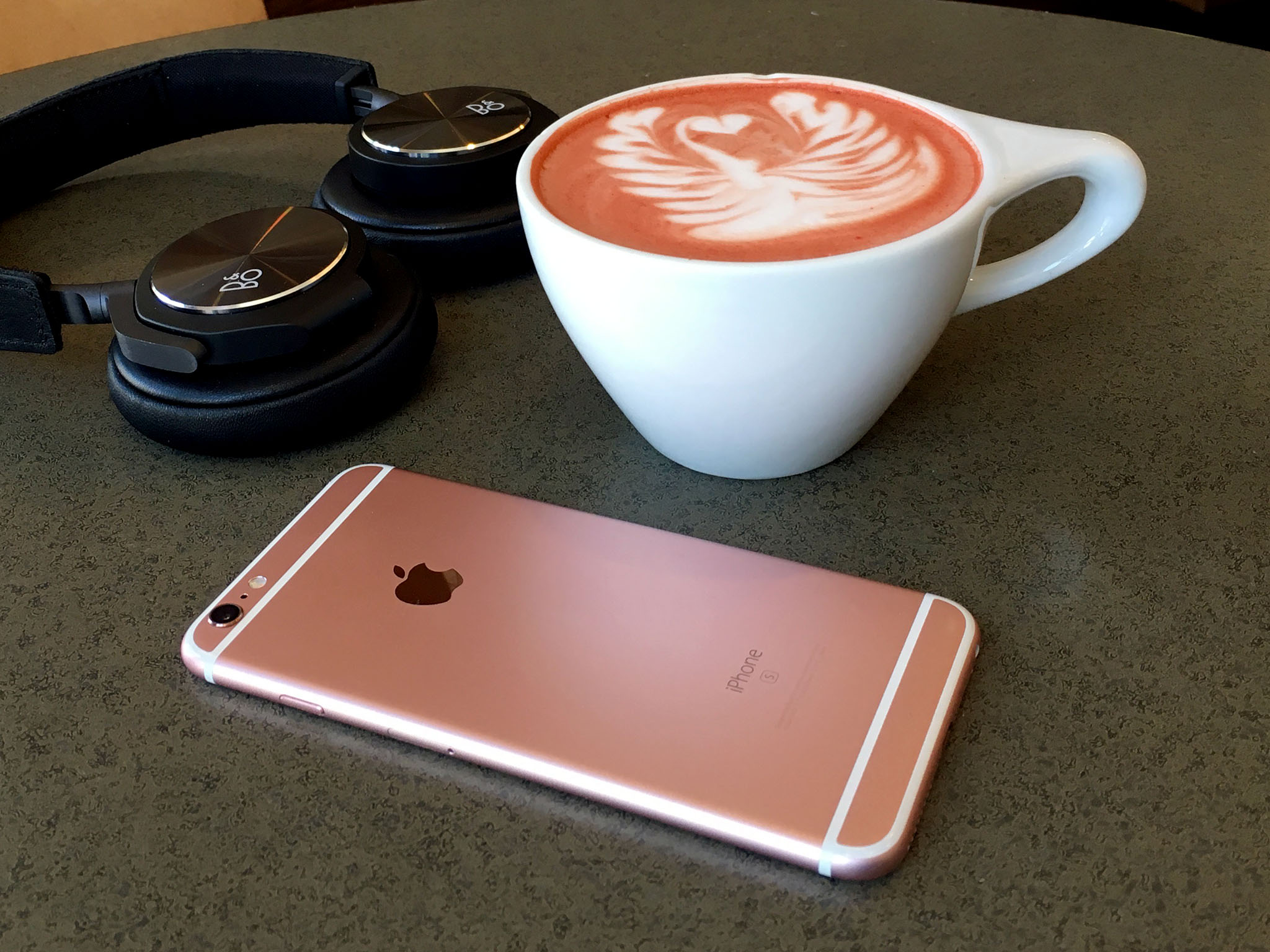
On-ear headphones can drastically differ in price. You can find cheap on-ear headphones that will sound just okay, or you can spend hundreds of dollars on a pair that will blow you away. On-ear headphones are some of the most versatile headphones around, due to their size and capabilities.
Pros
While you won't be able to wear a pair of on-ear headphones quite as discreetly as a pair of in-ears, they still are relatively compact in design and not too bulky to carry around. This is extremely useful if you want to fit a pair of decent headphones into your carry-on bag on a flight, or don't feel like wearing something as heavy and bulky as over-the-ear cans.
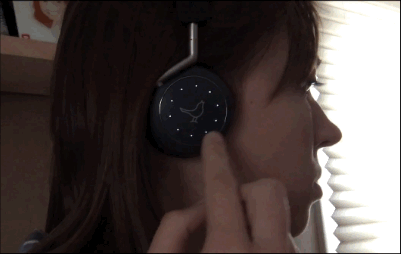
On-ear headphones also won't typically fall off your face while you're using them, making them more practical in situations that you know are going to get bumpy, and unlike over-the-ears headphones, they still allow you to hear what's going on around you. It's not always a good idea to completely tune-out the world (no matter how much you want to), and on-ear headphones give you the ability to immerse yourself in your tunes while still being aware of your surroundings.
Cons
Although I see some people wearing on-ear headphones at the gym, I don't think they are as great of a gym buddy as a good pair of in-ears. When you sweat, the foam around the cans tends to absorb it, making your headphones stink over a period of time. I have gone through a few pair of on-ear headphones because I spent too much time sweating it out with them on and they just got "over-ripe."
While it is possible to get noise-cancelling on-ear headphones — like the Bang & Olufsen Play H8's — chances are their over-the-ear counterparts will always outperform them.
On-ears can be very uncomfortable to wear for extended periods of time, as the sit directly on your ears, they push your ears down slightly which can cause some soreness after a while. High-end models typically have better padding to help alleviate this problem, but in my experience, wearing on-ear headphones requires a break every few hours.
The Bottom Line
On-ear headphones offer excellent sound quality at a variety of different price points, making it easy to find one that's within your budget. Plus, though they are big enough to be noticeable, they aren't too bulky to carry around or fit into a bag.
The noise-cancelling technology of on-ear headphones may never quite deliver the same experience as a good pair of over-the-ear cans, since you'll always be able to hear a bit of the world going on around you.
If you're interested in a pair of on-ear headphones, check out Amazon's listings and see what may be a good fit for you.
Over-the-ear headphones
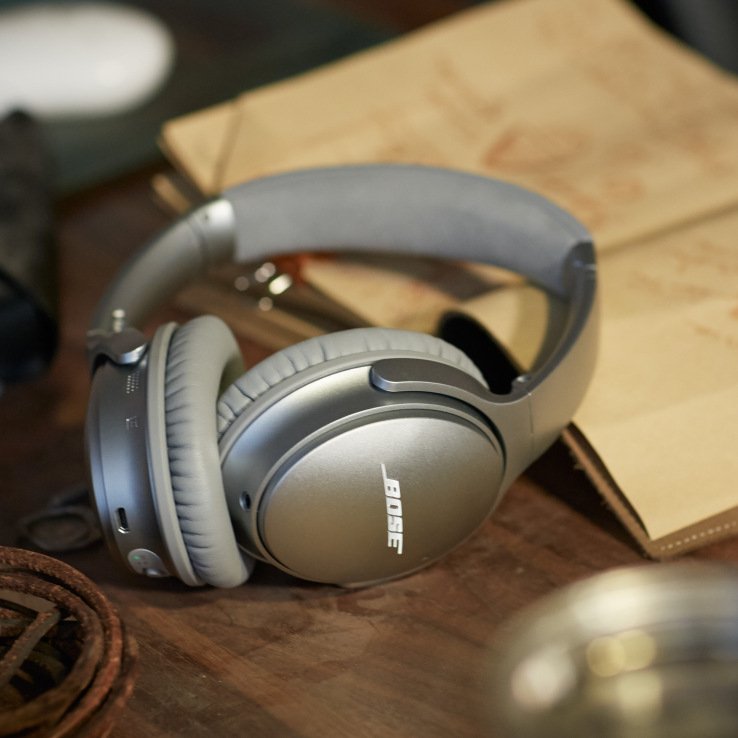
The biggest cans you'll ever see will be on over-the-ear headphones. Larger speakers typically mean more power and more sound, meaning a great listening experience for all types of media.
Pros
When it comes to pure sound quality, a high-end pair of over-the-ears headphones is second to none. If you're looking for incredible low-end tones that blend seamlessly with smooth mids and crisp trebles, I would highly recommend investing in a pair of over-the-ear headphones.
My band is in the process of recording an EP, and when it comes to listening to our demos and seeing what needs to be fixed, nothing isolates all the different sounds of the instruments better than a good pair of over-the-ear headphones.

Lots of high-end models come with Bluetooth, which gives you the option of listening to your music wirelessly, but they don't force it on you. Bose, Sennheiser, and other quality headphone makers often include a standard 3.5mm cable to use their headphones wired if you prefer.
Over-the-ears are by far the most comfortable headphones I have had the pleasure of wearing, and if I know I'm going to be wearing them for long periods of time, I'll always reach for my over-the-ear pair before any of the other types.
Cons
There's no beating around the bush; they're big. Even though most over-the-ear headphones will fold up, and some even come with a carrying case, it's still a piece of hardware that you'll need to lug around. It's going to take up some space in your carry-on, backpack, purse, or tote bag regardless of how small it can fold up.
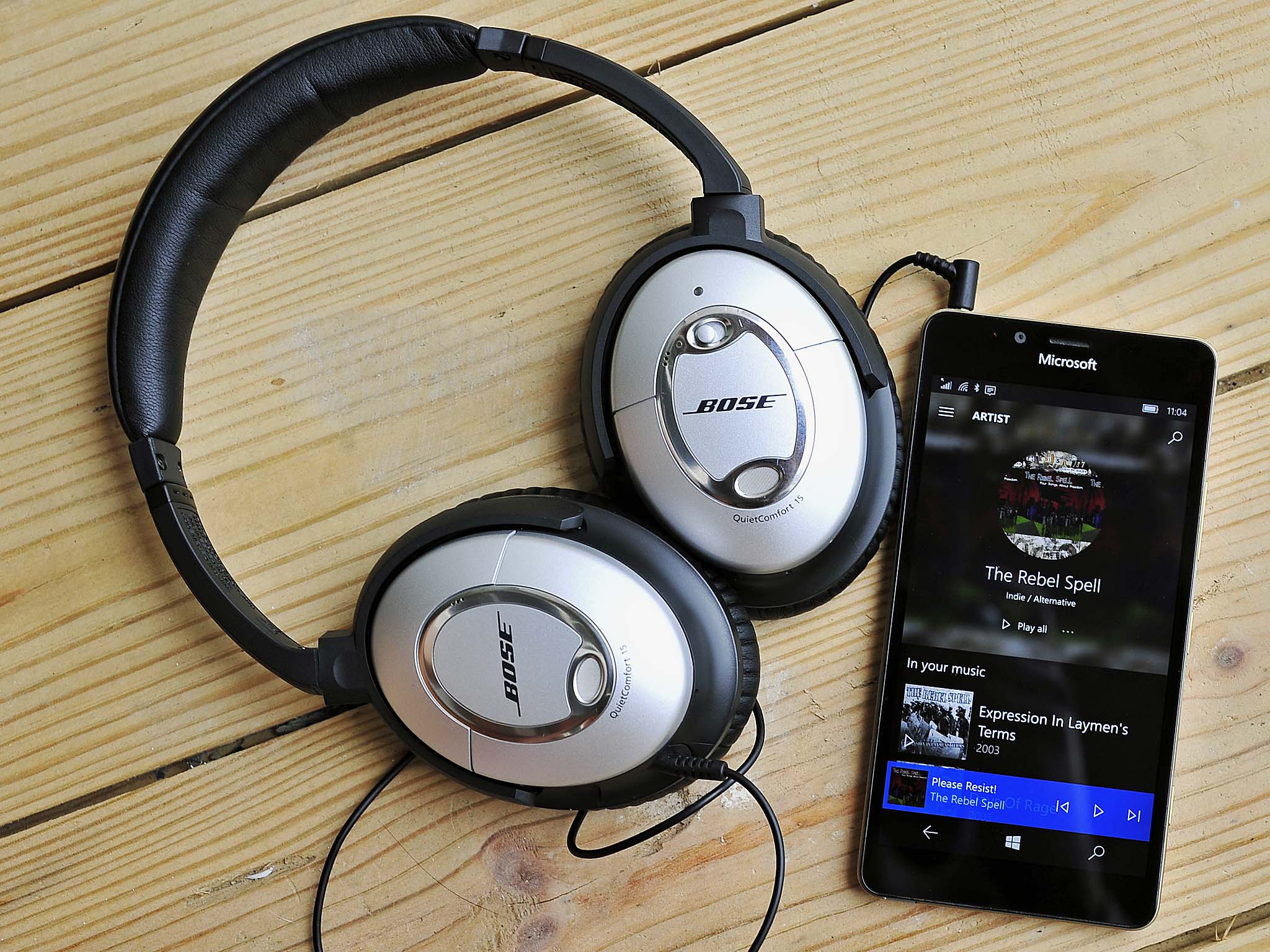
Over-the-ears also tend to be the most expensive out of the three types of headphones. That's not to say that you won't be able to find a pair that's within your budget; however, it's not uncommon for high-end pairs to go for $300 - $500. These are not going to be a pair of headphones you want to lose or have damaged, so keep that in mind when you're looking around.
The Bottom Line
Over-the-ear headphones are going to give you the best sound quality overall when choosing between the three types; however, you're going to have to shell out the extra dough for that luxury.
They are the biggest to carry around with you, and you could have a problem making room for them in your everyday bag or backpack, but they are the most comfortable headphones to wear for extended periods of time.
If you're interested in a pair of over-the-ear headphones, check out Amazon's listings and see what may be a good fit for you.
Which type of headphones do you prefer?
Tell us what your favorite type of headphones are and why in the comments below!

Luke Filipowicz has been a writer at iMore, covering Apple for nearly a decade now. He writes a lot about Apple Watch and iPad but covers the iPhone and Mac as well. He often describes himself as an "Apple user on a budget" and firmly believes that great technology can be affordable if you know where to look. Luke also heads up the iMore Show — a weekly podcast focusing on Apple news, rumors, and products but likes to have some fun along the way.
Luke knows he spends more time on Twitter than he probably should, so feel free to follow him or give him a shout on social media @LukeFilipowicz.
